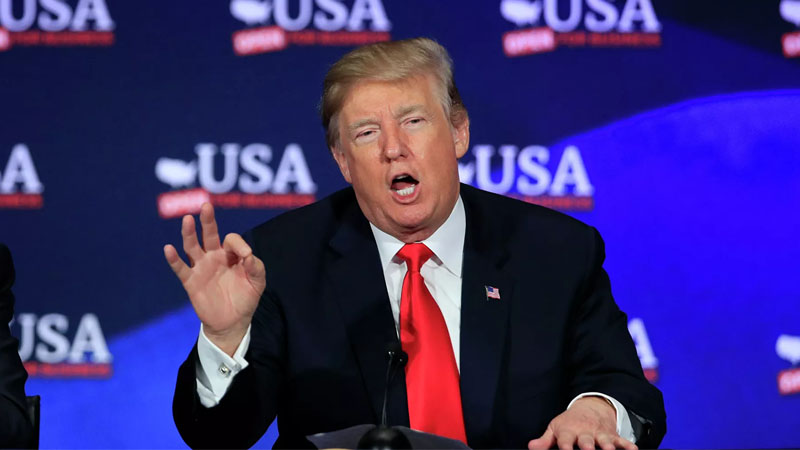New revelations are poised to emerge in Donald Trump’s latest trial in New York, where details previously undisclosed are expected to come to light. The trial, which began this Monday, centers on Trump’s alleged involvement in hush money payments, leading to a 34-count felony indictment.
The opening statements already hinted at the unveiling of potentially explosive information, including a series of text messages between reporters from the National Enquirer who had investigated claims made by adult film actress Stormy Daniels and former Playboy model Karen McDougal. Both women have alleged affairs with Trump.
“We’ve heard about text messages that went back and forth with the National Enquirer when they went out to see Karen McDougal, one of the women who had a relationship with Donald Trump,” Craig said. “They were trying to confirm if the story was true.”
New York Times investigative reporter Sue Craig expressed her surprise at the new details revealed during the initial proceedings. The disclosed text messages included exchanges between one of McDougal’s lawyers and a contact at the tabloid on election night, an interaction that was previously unknown.
“We’ll see a lot of that come through. And David Pecker was not on the stand for very long, but just hearing the details that we got, the idea that … reporters were given about $10,000 to get that story,” recalled Craig. “And I wasn’t clear if that included payment to somebody or expenses and payment, but anything above that, he would have to sign off on it. What that told me was the payments that went to Karen McDougal, that went to Stormy Daniels, were unusual. They were high.”
These communications could provide deeper insights into the relationships and covert operations surrounding the stories of Daniels and McDougal during critical moments of the Trump campaign. Craig also highlighted additional undisclosed payments that are coming to the fore, such as the $30,000 paid to a Trump doorman, reported Raw Story.
This payment was allegedly made to prevent him from disclosing information about a possible child Trump fathered out of wedlock. Furthermore, the monetary figures involved in the silencing efforts — $150,000 to McDougal and $130,000 to Daniels — underscore the lengths to which Trump’s associates went to keep these allegations from the public eye.
During the analysis segment of the show, Anna Bower from Lawfare concurred with Craig’s observations about the novel data surfacing from the trial. Bower noted that while the influx of new information is significant, there remains a debate over what will ultimately be permissible in court. This legal boundary of admissibility could dictate the impact of the new revelations on the trial’s proceedings and its outcome.
As the trial progresses, further details are expected to emerge, potentially adding layers of complexity to the case. The involvement of prominent figures and the intricate web of transactions and communications paint a picture of a high-stakes effort to influence public perception and legal outcomes.
The strategic releases of payment to key individuals, the alleged involvement of media entities in suppressing damaging stories, and the possible legal repercussions of these actions highlight a saga that could have far-reaching implications not only for Trump but for others involved in the orchestration of these payments.
Observers and legal analysts are closely monitoring the trial, anticipating more disclosures that could provide unprecedented insights into the tactics employed by Trump and his associates. The ramifications of these revelations are yet to be fully understood, but they promise to contribute significantly to the historical and legal narrative surrounding the former president’s actions and their consequences.
“We heard a lot about phone records the prosecution intends to introduce,” Bower said. “So, I think that we certainly will see new evidence. But the question is — there were these questions about whether it would be admissible for hearsay reasons.”

